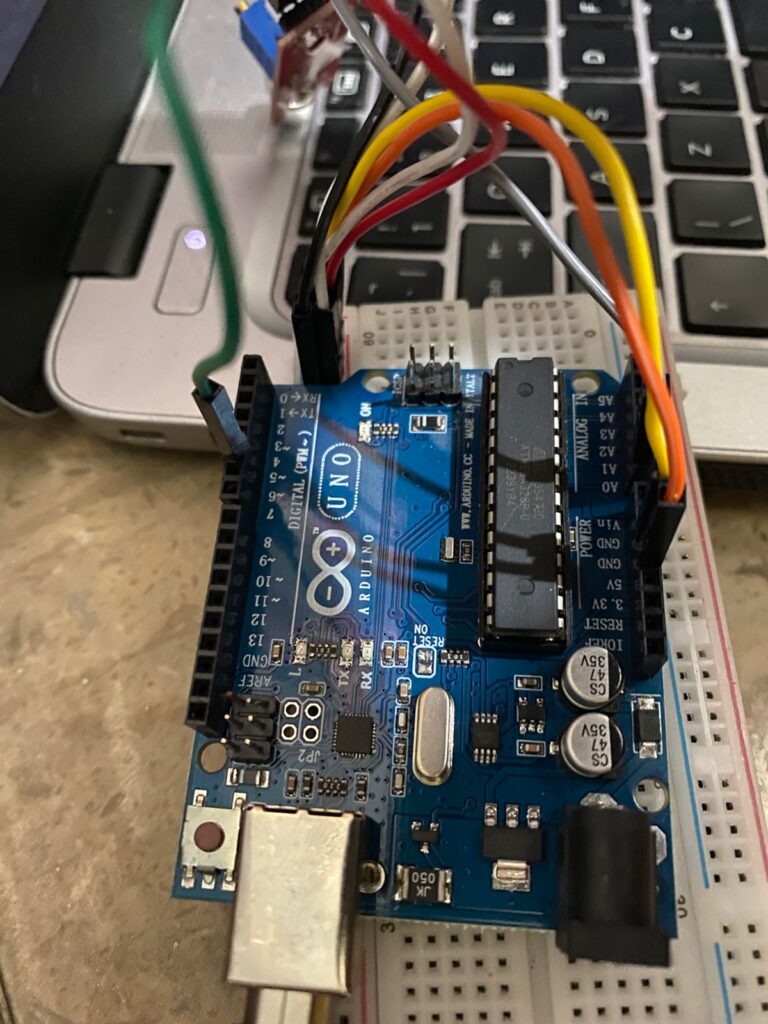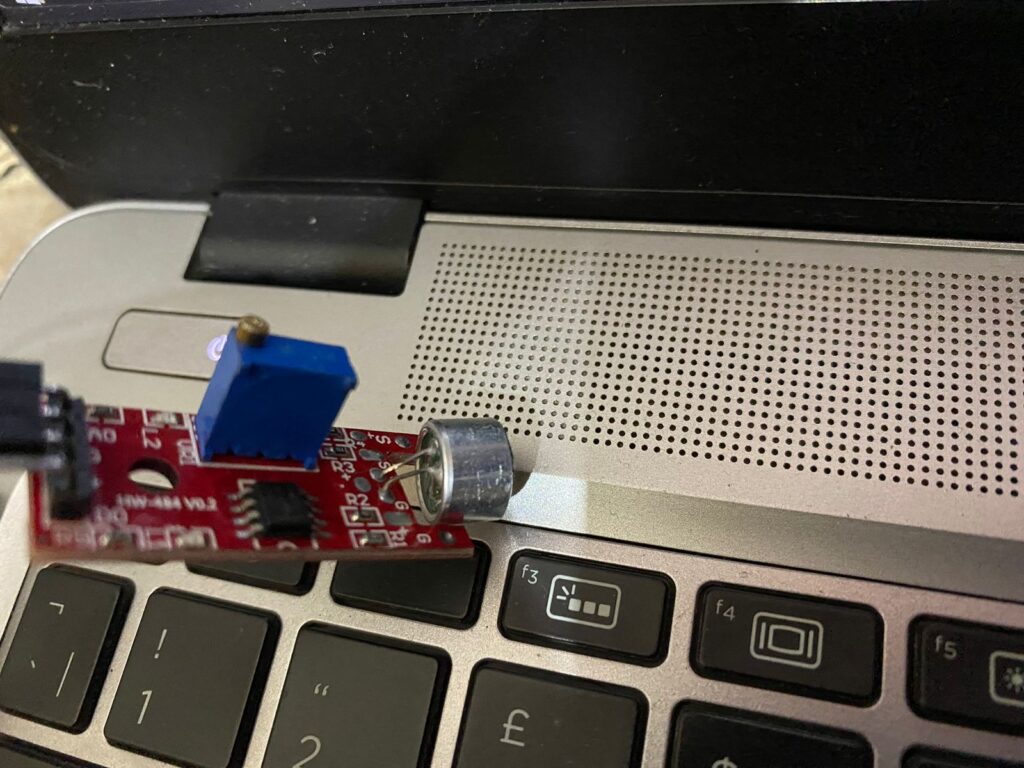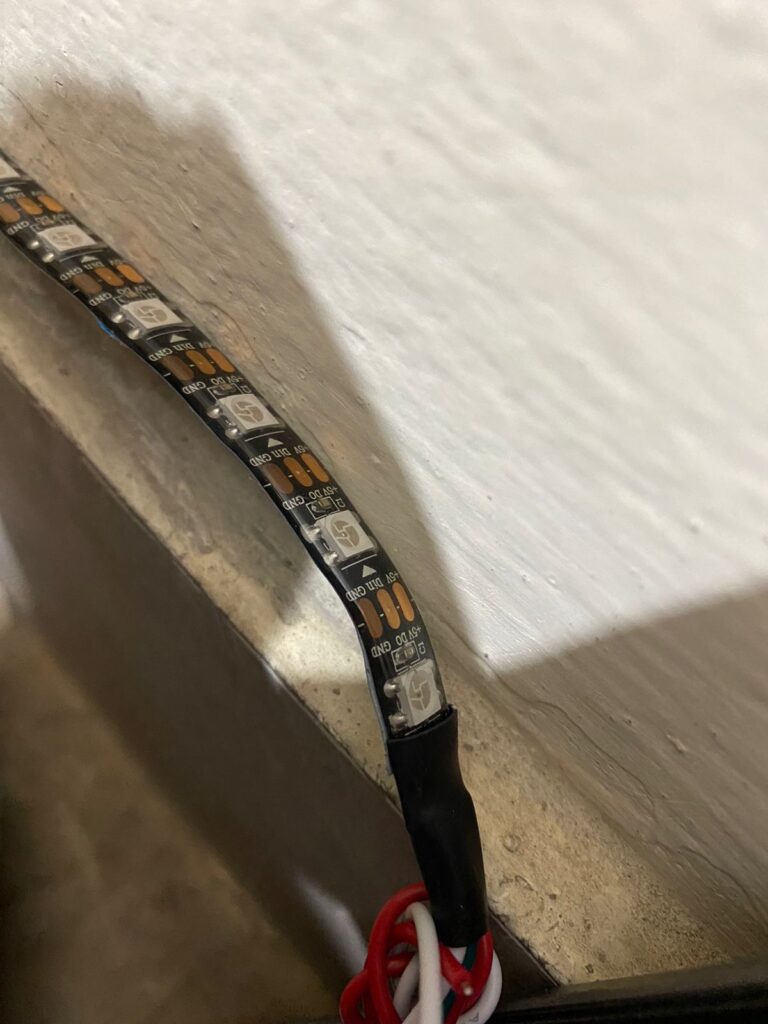Project 3
Executive Summary
The “SoundLight” project aimed to create an interactive LED system responsive to music, using Arduino Uno, an LED Strip WS2812B, and a microphone module. The goal was to translate audio input into a dynamic visual display, enhancing user experience in settings like home entertainment or public installations.
Statement of Experience Goal
Our primary objective was to bridge the gap between technology and sensory experience, creating a system where visual output (LED behavior) is synchronized with audio input. The aim was to provide users with an immersive and customizable audio-visual experience.
Research and Development (R&D)
During the project, extensive R&D was conducted, focusing on:x`
- Arduino programming and its application in real-time audio processing.
- The functionality of the WS2812B LED strip, including its color range and programmability.
- The integration of a microphone module for effective audio input.
Relevant sources included:
- Arduino forums and official documentation (Arduino.cc).
- WS2812B datasheets and technical guides.
Project Narrative
Conceptualization:
The project began with a brainstorming session, identifying the potential and challenges of creating an audio-responsive LED system.
Inspired by existing works in interactive art and DIY Arduino projects.
Design Phase:
Components were selected based on performance criteria and availability.
A schematic was drafted to outline the connections and system architecture.
Implementation:
The system was assembled, and initial tests were conducted to ensure functionality.
The Arduino code was developed to translate audio signals into LED patterns.
Testing and Refinement:
The system underwent rigorous testing, leading to several adjustments in code and hardware for optimal performance.
Specific attention was given to the responsiveness and visual appeal of the LED patterns.
Finalization:
The project culminated in a fully functional prototype, meeting our initial objectives.
The system’s performance was documented through videos and photographs.
Issues and Discoveries
Potentiometer Adjustment:
- A significant challenge was fine-tuning the potentiometer for smooth control over the LED patterns.
- Solution involved calibration and hardware checks.
Real-Time Processing:
Achieving minimal latency between audio input and LED response required optimization of the Arduino code.
Results and Impact
The “SoundLight” system successfully created an interactive LED display that responded dynamically to music. It showcased the potential of integrating simple electronics to create engaging and customizable experiences.
Supporting Materials
Process & Result Photos/Videos:



Circuit Diagram/Schematic:

Conclusion
“SoundLight” exemplifies the innovative use of Arduino in creating sensory experiences. The project highlights the potential of merging technology with art, offering new ways to experience and interact with music.
Citations
Technical references: Arduino.cc, various forums, and DIY electronics blogs.